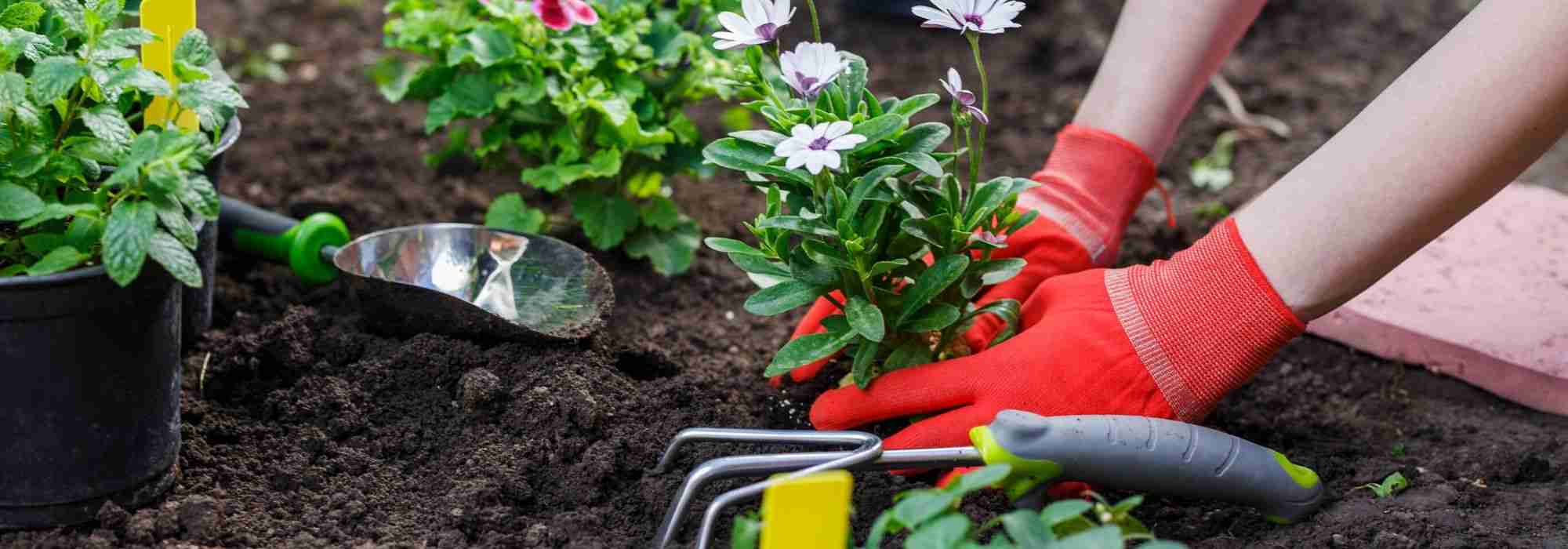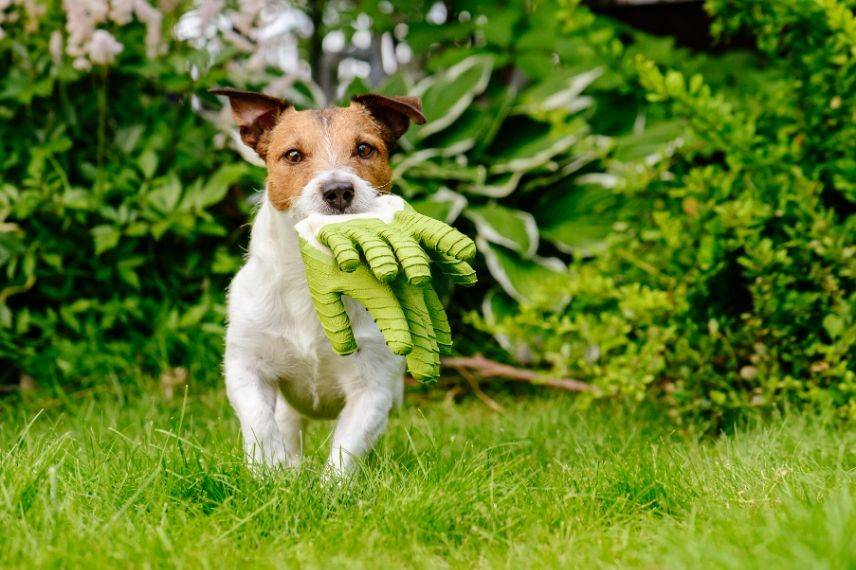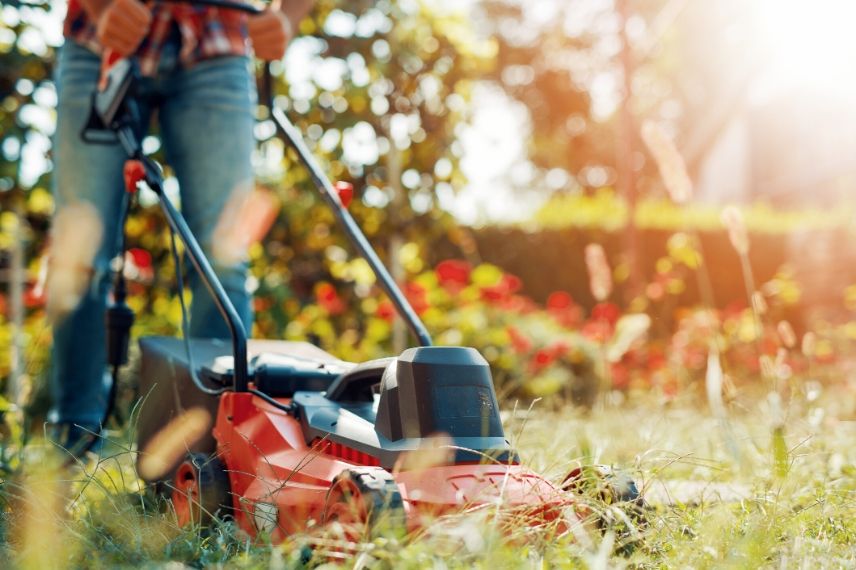
Gardening: how to avoid accidents?
For safe gardening
Contents
Falls, injuries, cuts, scrapes, gashes, loss of use of a limb… Gardening is an enjoyable activity but garden maintenance carries risks, and there are many opportunities to get injured in the garden. Mowers, brushcutters, pruning shears and hedge trimmers can turn against you! Gardens are among areas most affected by domestic accidents and each year emergency departments see thousands of people injured in gardening accidents.
Whether in an ornamental garden or a vegetable patch, these tips will help you avoid hazards and garden safely and with peace of mind.
Best practices to adopt before you start gardening
- Gardening is a sport: before digging, spade, weed, rake, scrape and kneel, warm up before and stretch afterwards, a few minutes will be enough to avoid aches and pains
- Dress appropriately with suitable protective clothing (long sleeves, trousers, closed-toe shoes, boots, earplugs or galea …)
- Remove jewellery (necklaces, bracelets, watches), as they may easily catch on plants or tools
- Protect your hands with gloves that will guard against cuts and pricks from roses
- Keep young children away from garden while gardening, especially during heavy work
- Always have a first-aid kit to hand with emergency services number
- Make sure you’re up to date with tetanus vaccination (booster every 20 years), a serious infection transmitted through contact between a wound and bacteria in soil

Don’t forget to wear gloves!
Watch Olivier’s video for practical tips showing the right techniques to garden without getting injured!
Read also
Garden tools: essentialsCheck the condition of your gardening tools
- Ensure tools are maintained regularly so they do not malfunction during use. Gardening tools must be in good condition. Our advice: use only high-quality, efficient, ergonomic tools; they are a guarantee of safety.
- To keep your tools, pruning shears, knives, loppers… in perfect working order, keep blades well sharpened and moving parts well oiled. Discover our solutions to keep them in perfect working order.
- Choose tools suited to the intended task (professional cutting tools, planting tools): do not repurpose objects!
- For working at height (hedge pruning, pruning): test solidity and stability of ladders and stepladders before use, prefer a multi-position ladder. You can also opt for pole tools such as a pole pruner fitted with a telescopic handle allowing access to branches to prune at 6 m from the ground while remaining safe on the ground.
- Before mowing (do it in dry weather because wet herb is slippery), check that nothing is lying on the lawn – branches, stones, objects, toys – as they could be thrown: every year, lawn mowers cause serious injuries. Always stay behind the mower, never beside or in front when it is running.
- When not in use, never remove safety systems from your gardening tools and after each use, disconnect them systematically.
- Clean tools after use and store them carefully after use in a room, shed or locked garden shelter dedicated to that purpose so nothing is left lying on the short grass meadow or in your beds

- Subscribe!
- Contents
































Comments